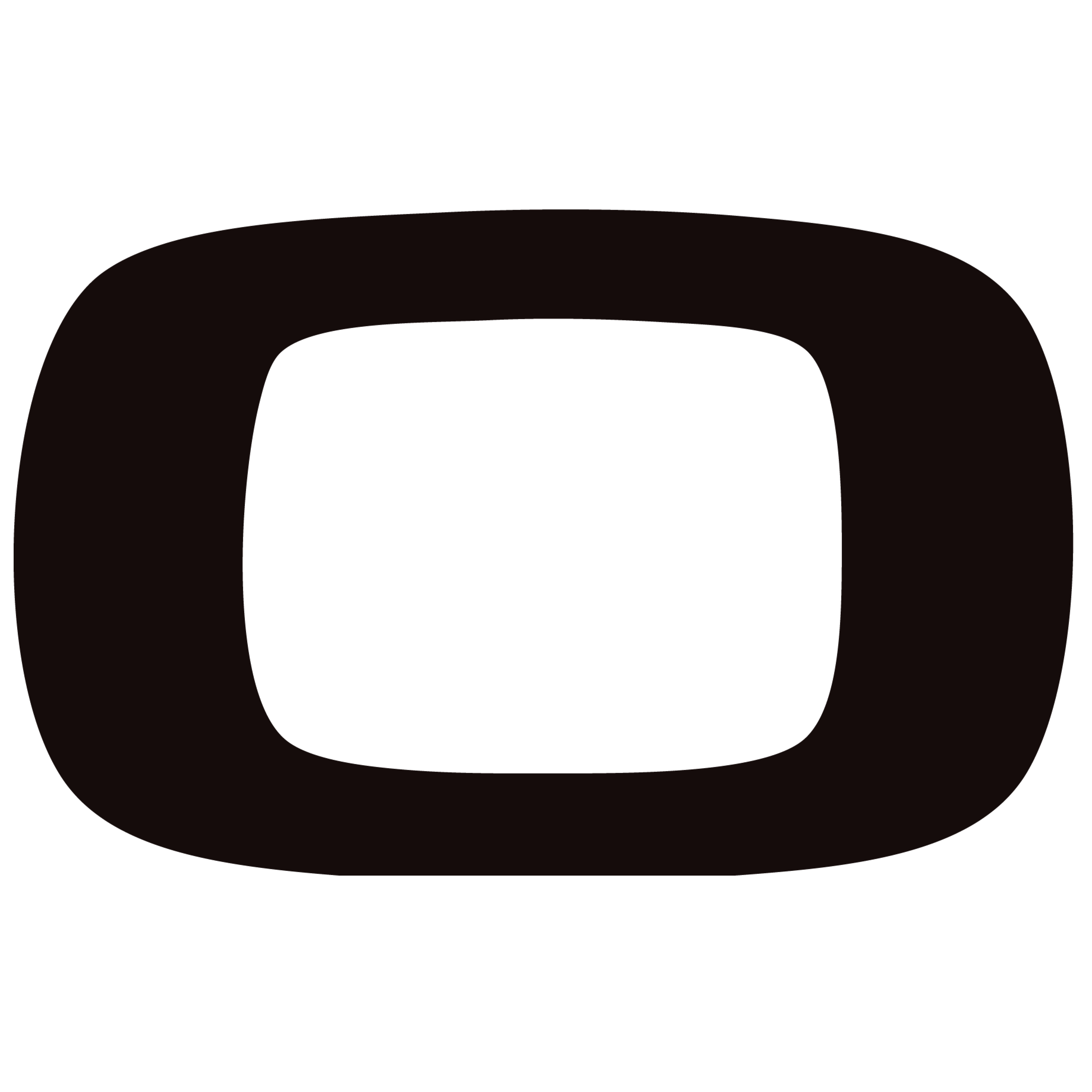617 reads
Don't Procrastinate, GO Code!
by
August 28th, 2021
Audio Presented by

Orient Software is the leading software company in Vietnam. We provide software solutions to businesses worldwide.
About Author
Orient Software is the leading software company in Vietnam. We provide software solutions to businesses worldwide.